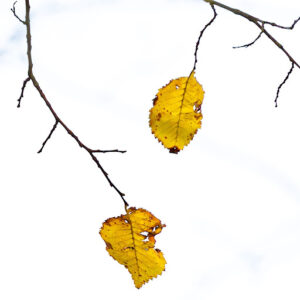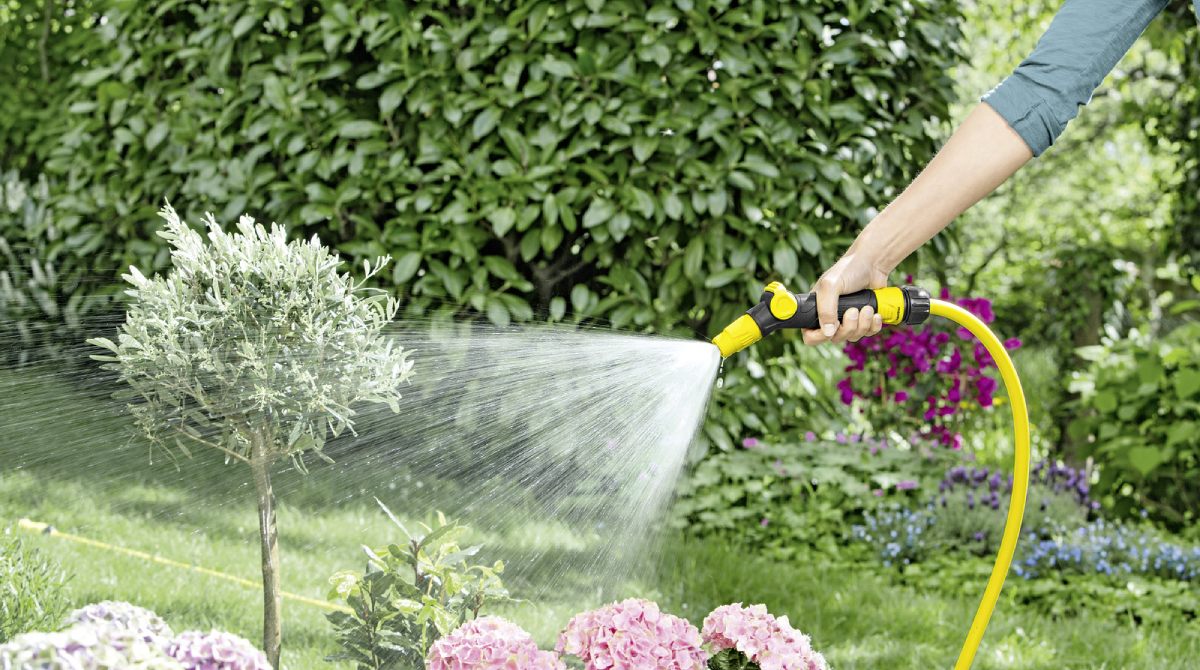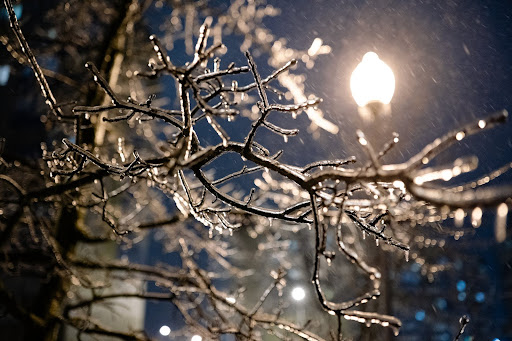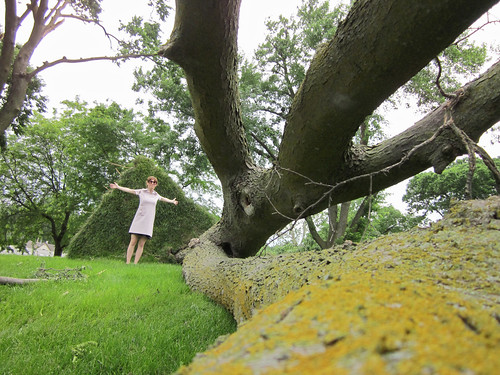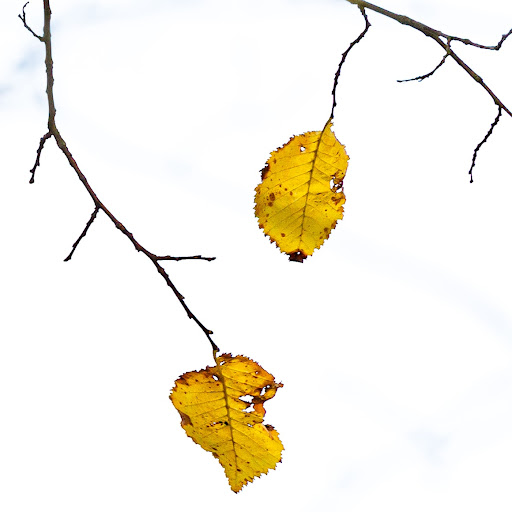
North Texas Tree Diseases: What Is Dutch Elm Disease?
Date March 01, 2023
Category
Managing the health of trees is an environmental, safety, and cosmetic concern for homeowners and arborists. There are many diseases that can affect the trees in North Texas and it’s important to learn about Dutch elm disease (DED) and how it can be prevented. Summer brings heat and drought that can make trees vulnerable to fungal diseases such as DED. This is a guide to help home and property owners discover how to recognize and treat DED so that their elm trees are strong, healthy, and beautiful.
What Is Dutch Elm Disease?
Image via Unsplash by itscakefortea
Dutch elm disease is a fungal infection that causes elm trees to wilt and die. This disease is spread by elm bark beetles that eat infected bark and carry it to other trees. DED is progressive and can kill a tree within a year of getting infected. However, if signs of DED are caught, caretakers can prune branches and protect their elms against further decay.
Dutch Elm Disease Symptoms
Since DED can quickly spread and kill an elm, it’s helpful to be able to recognize all the symptoms of the disease, enabling homeowners to stop the spread. The most obvious sign of DED is yellowing leaves in the spring or summer. Here are other signs to look for:
- Leaves on the outer crown on singular branches change to yellow and then brown.
- Leaves begin to die and fall from parts of the tree.
- Leaves wilt closer to the trunk of the tree.
- Beneath the bark, there’s brown streaking on the branches.
If leaves on an elm tree are yellowing and falling from the tree early, homeowners can try removing bark from those branches and look for brown streaks.
Which North Texas Trees Get Dutch Elm Disease?
All native elm trees can get DED, including:
- American elm.
- Slippery or red elm.
- Cedar elm.
- Winged elm.
In North Texas, the cedar elm is the most common elm tree.
How To Treat Dutch Elm Disease
Luckily there are many ways to prevent and treat this disease. The first step to take if a tree becomes infected is to cut away branches that show symptoms and all branches at least 5 feet below the top infected branch. This helps stop the spread. If the elm tree dies before a caretaker can cut out the infection, removing the tree so that it doesn’t infect other elm trees nearby is the only option. DED can reach the roots of a tree, so it’s important to sever the roots so they don’t spread the infection that way.
Knowing the cause of DED helps to find ways to prevent the disease altogether. By removing dead elm trees and their bark, home and property owners can remove breeding sites for elm bark beetles. When these beetles are born they feed on the dead elm and then travel to healthy trees, infecting them too. Another way to help prevent the spread of DED is to plant Dutch elm disease-resistant cultivars, such as an Lacebark elm.
TreeNewal Plant Health Services Dallas
Property owners can learn more about plant health care to keep their landscape looking fresh and green. For advice and assistance, homeowners can contact TreeNewal to consult with an arborist and find ways to treat trees and keep them healthy.
